Easter is just around the corner, it’s getting warmer. Goethe has his Dr. Faust say on his Easter walk:
“From the ice they are freed, the stream and brook,
By the Spring’s enlivening, lovely look;” (translation by Edgar Alfred Bowring, 1853)
and this also applies to garden ponds. For many, garden pond time is also goldfish time. However, the stocky, large and double-finned breeding forms of goldfish, known as veiltails, are not very suitable for typical garden ponds. They should be kept in special aquariums or ponds where their sensitivities can be taken into consideration. These animals should never be kept in an unheated outdoor tank as long as the water temperature is permanently below 16°C. Zoologically, veiltails are goldfish (Carassius auratus) and therefore tolerate water temperatures between 10 and 30°C. However, most veiltails on sale in the pet trade are bred in tropical regions where the water temperature never falls below 22°C. The fish must be acclimatized to low temperatures. Acclimatization to low temperatures must therefore take place very gradually over several weeks to months. Failure to do so will inevitably result in serious illness. This applies to acclimatized veiltails as to frost-sensitive potted plants such as oleander or orange trees: the winter quarters should be bright and cool, but frost-free.
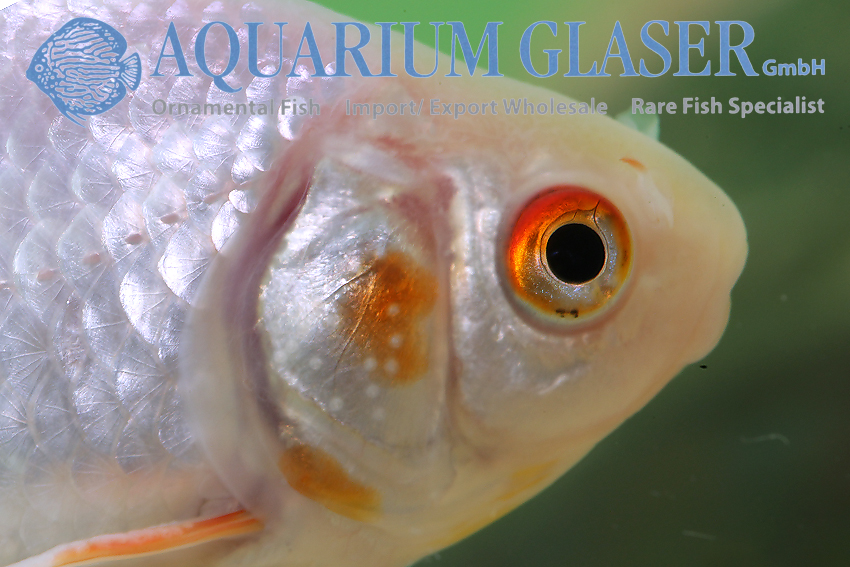
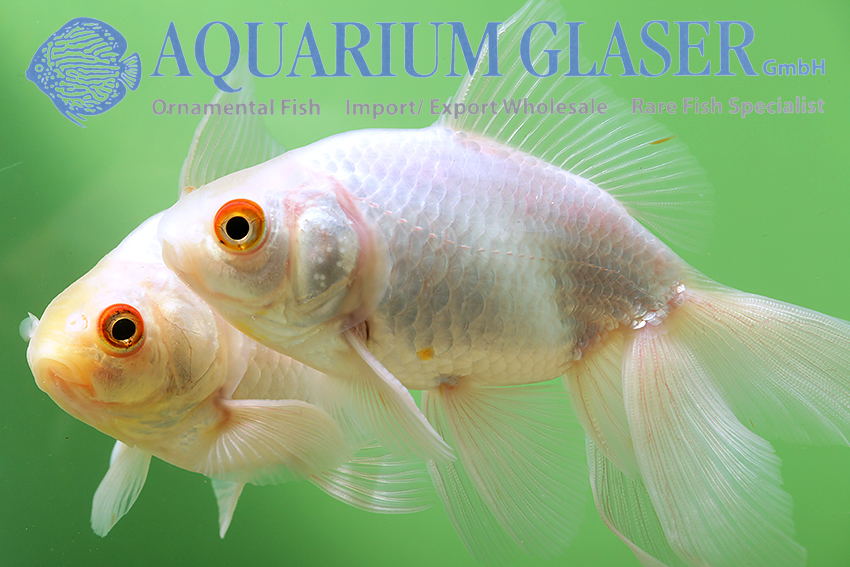
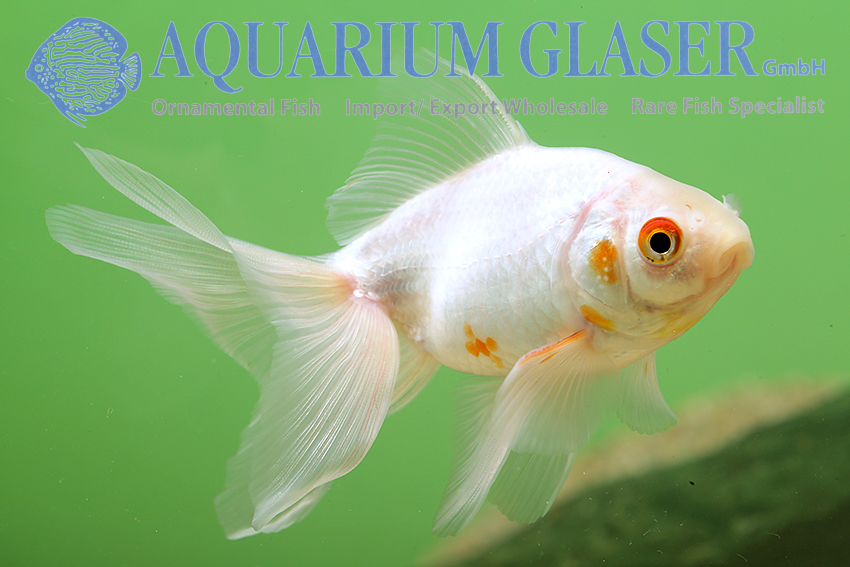
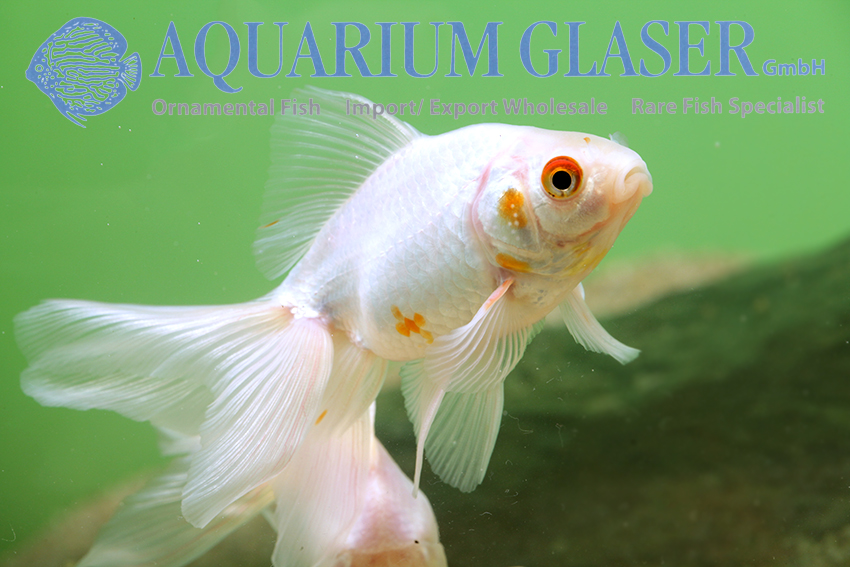
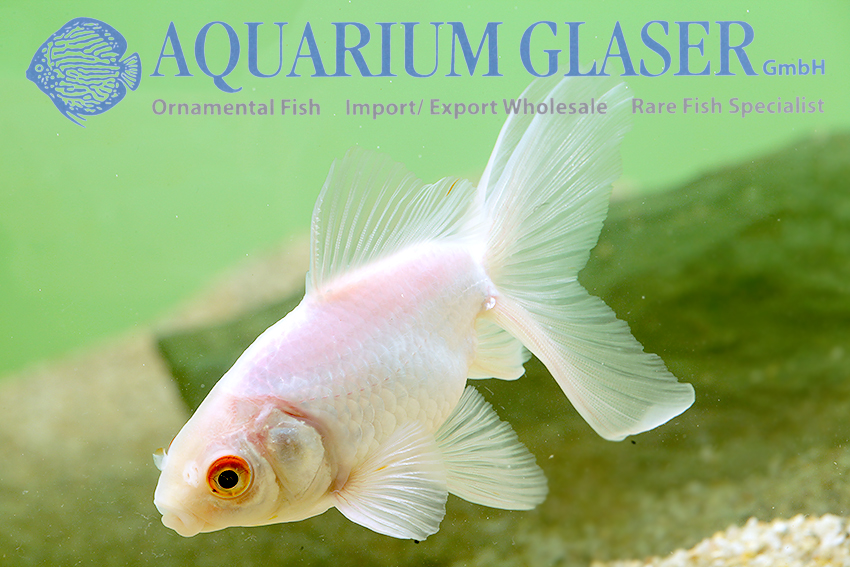
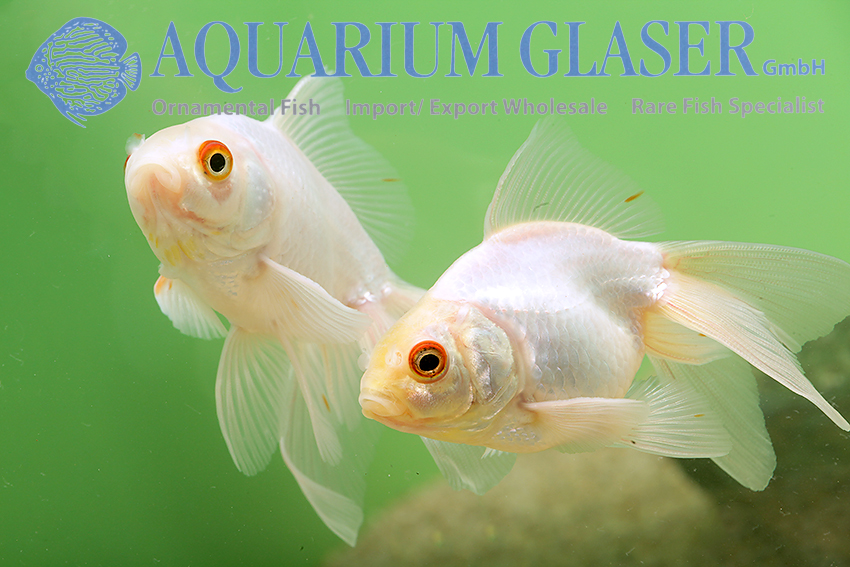
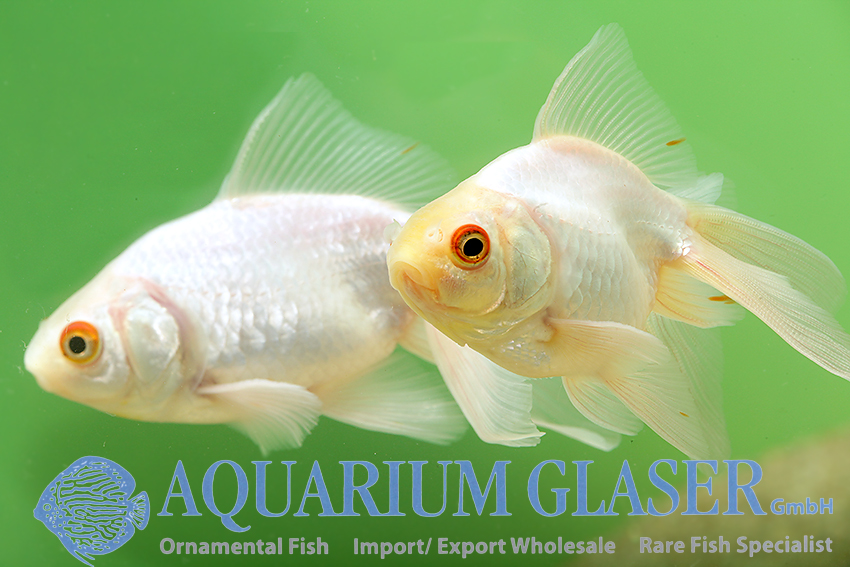
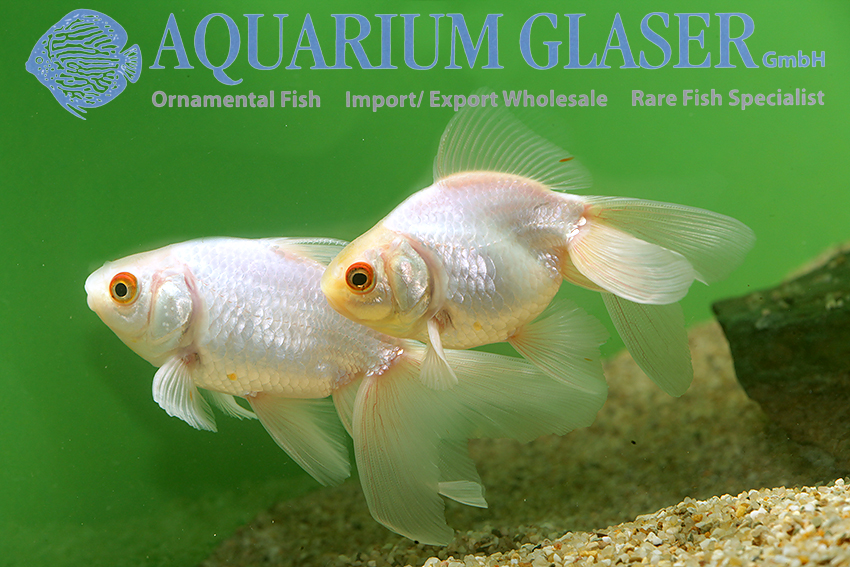
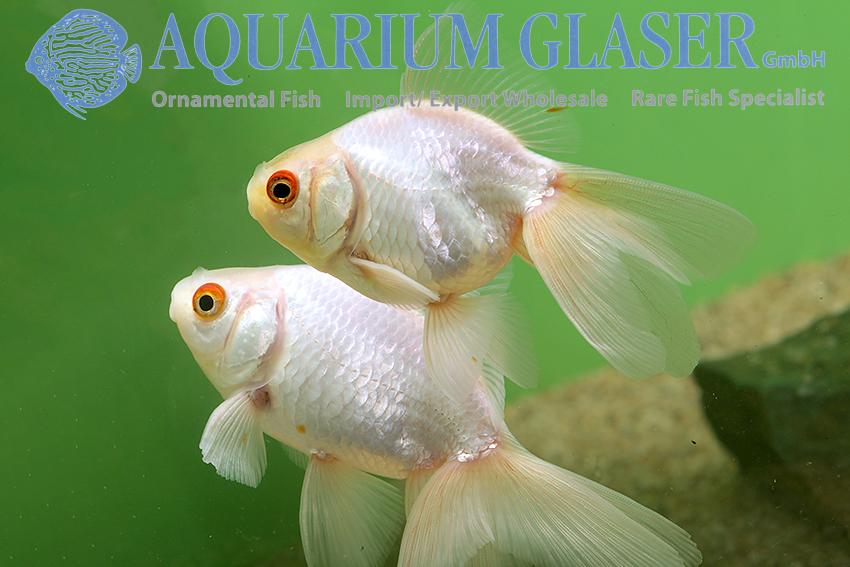
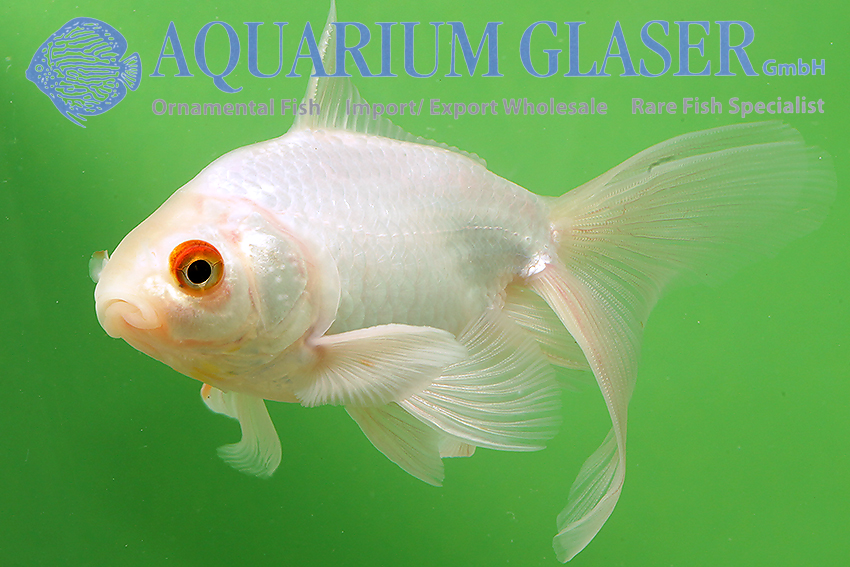
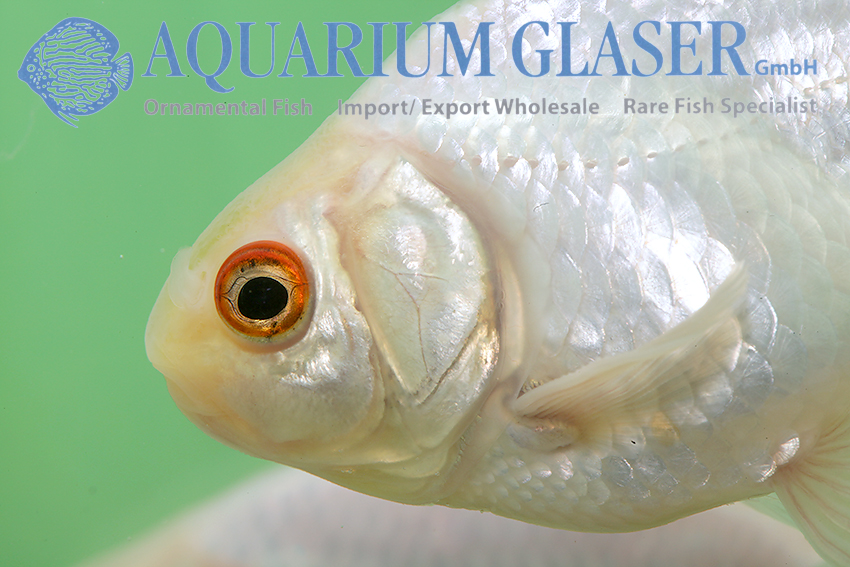
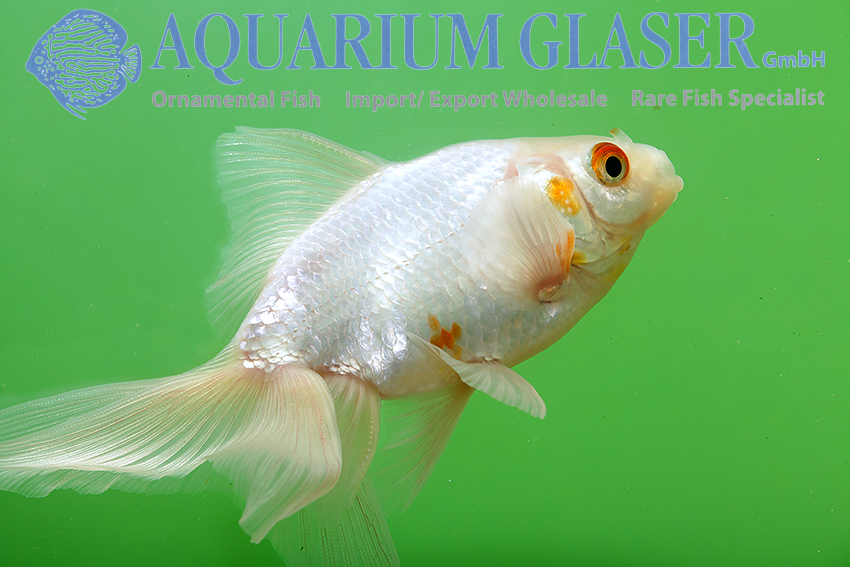
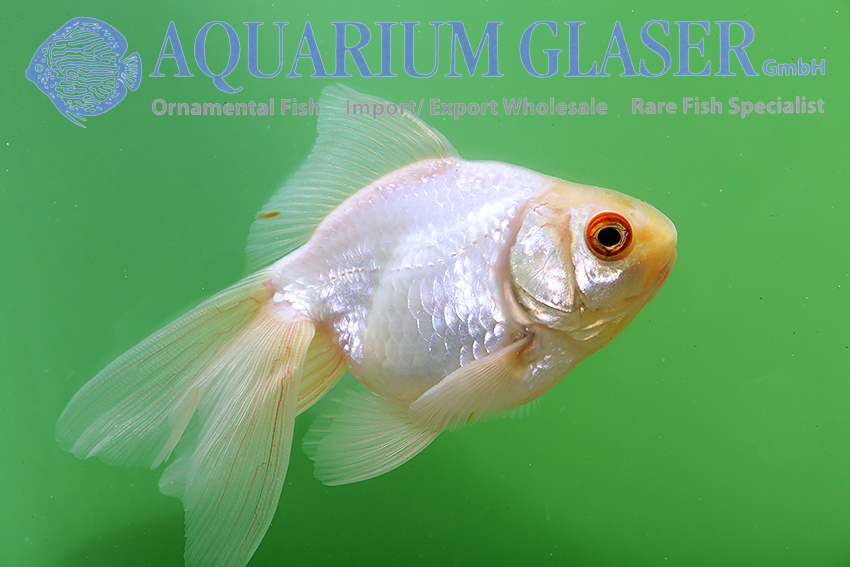
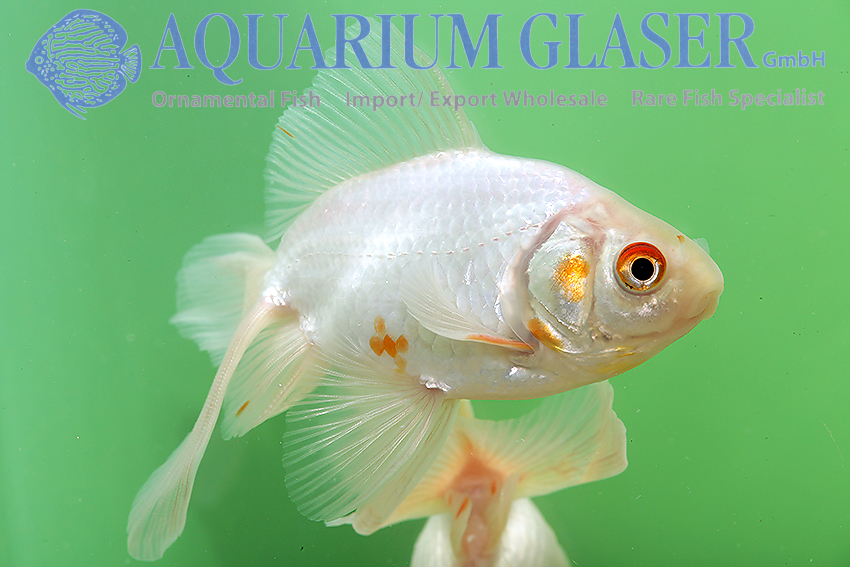
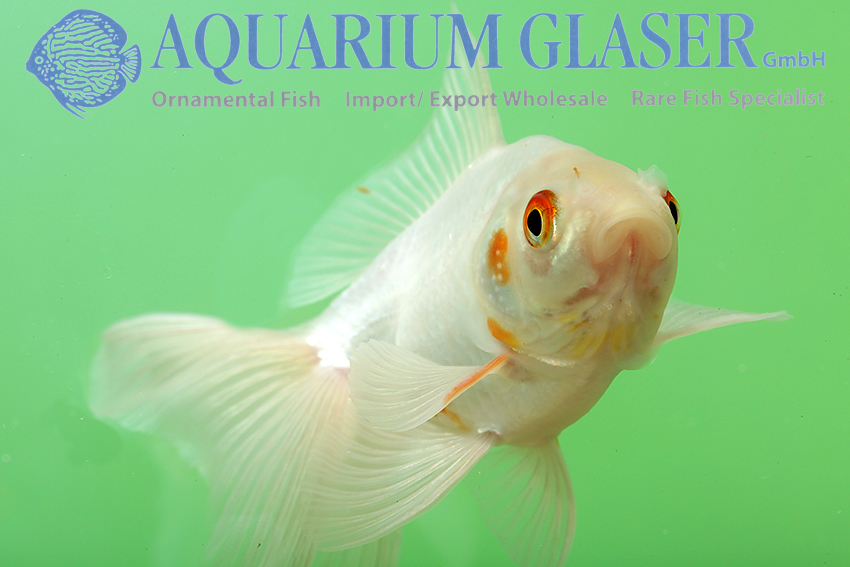
Properly cared for veiltails get into the breeding mood at Easter time, when the days get longer and warmer. The males are always slimmer and have comparatively larger fins. During the breeding season, they also develop a so-called spawning rash. These are small spots on the gill covers and on the hard ray of the pectoral fin, which at first glance are somewhat reminiscent of white spot disease (Ichthyophthirius), but are completely harmless and normal. The veiltail males often become downright love-struck and pursue a female incessantly – often several at a time. They nudge the adored female in the rear flank area and direct her in the direction of aquatic plant bushes. There the very numerous eggs are spawned and immediately fertilized. Afterwards, goldfish no longer care for their offspring, except to eat the caviar.
The veiltails shown here as an example are a sexually mature, 8-10 cm long pair of a white breeding form with red eyes. White goldfish have been around for hundreds of years, but they were not popular in East Asia, as white is considered the color of mourning and death. It was only when goldfish were exported to the West that these color variants became interesting for Asian breeders. When veiltails of the same breed are bred together, the majority of the young are similar to their parents, but many different genes are responsible for fin and color development in goldfish. In hobby breeding, where only a tiny fraction of the several hundred eggs – even thousands in the case of large animals – are reared for reasons of space, selection often takes place unconsciously. This is because the most robust and fast-growing specimens have an advantage here and these rarely correspond to the ideal image of the breed. The situation is different for professional breeders. There, as many of the offspring as possible are reared to a certain size, in which the traits are clearly recognizable. Only then are animals with particularly desirable traits selected. This is why veiltails are only sold from a size of 4-5 cm.
For our customers: Mixed veiltails (“Oranda”) in the size 8-10 cm have code 812005 on our stock list. Please note that we only supply the wholesale trade.
Text & photos: Frank Schäfer




